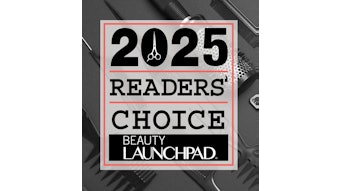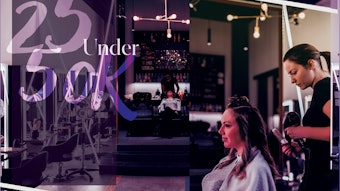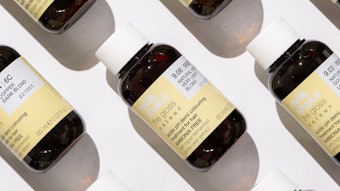 Sam Villa's mood board for his new DVD, "The Bardot"
Sam Villa's mood board for his new DVD, "The Bardot"
Photo shoots: Fun and rewarding, yet hard to execute. One reason? Not everyone visualizes a concept the same way. But for industry icon Sam Villa, the way to get everyone—photographer, artists, art directors and even models—on the same page is by creating a mood board.
“The film industry uses story boards to chronologically depict various scenes that will ultimately make up a story on film. Mood boards are different; they’re used to represent a mood or vision…a concept of an image you want to create," explains Villa. "I make a mood board for every shoot I do—a collage of images, shapes, colors and text that help clarify my goals, as well as communicate my vision to other participants in the shoot."
With so many people on set, the mood board can act as a uniter, giving everyone a clear and concise vision of what the ultimate goal is. Everything from lighting to textures can be pasted onto the board to keep everyone on track, and ensure all players are looking to achieve the same goal. "The mood board triggers memory muscles, so when things get hectic on set, everyone can refer to it for direction and clarification,” explains Villa.
Here are Villa's steps for the perfect mood board:
1. Create an outline: Write down key points, ideas and concepts on a piece of paper to use as a guideline
2. Gather "swipes": Go through inspirational magazines (Villa likes Italian Vogue, V and Numero Uno) and rip out any images relating to your outline. Topics can also be Googled and images printed out. No need to be ultra-organized and symmetric; instead, be creative.
3. Edit down: Edit visuals to the ones that are appealing, realistic and relate to the subject matter. Use Prestik, a reusable adhesive, to affix them to a board. (Prestik allows images to be moved without ripping.)
4. Add type: Affix key words and phrases to the board.
5. Brief the team: When the board is complete, brief all other participants before the shoot to help them prepare.
6. Post it: The day of the shoot, post the mood board where everyone can see it and start the session with a review to keep everyone on point.
7. Shoot it: After the shoot, photograph the board and save it on a computer. It will become a handy reference tool during shows, classes and other shoots.
Sam Villa's Mood Board Philosophy
Apr 11th, 2013










